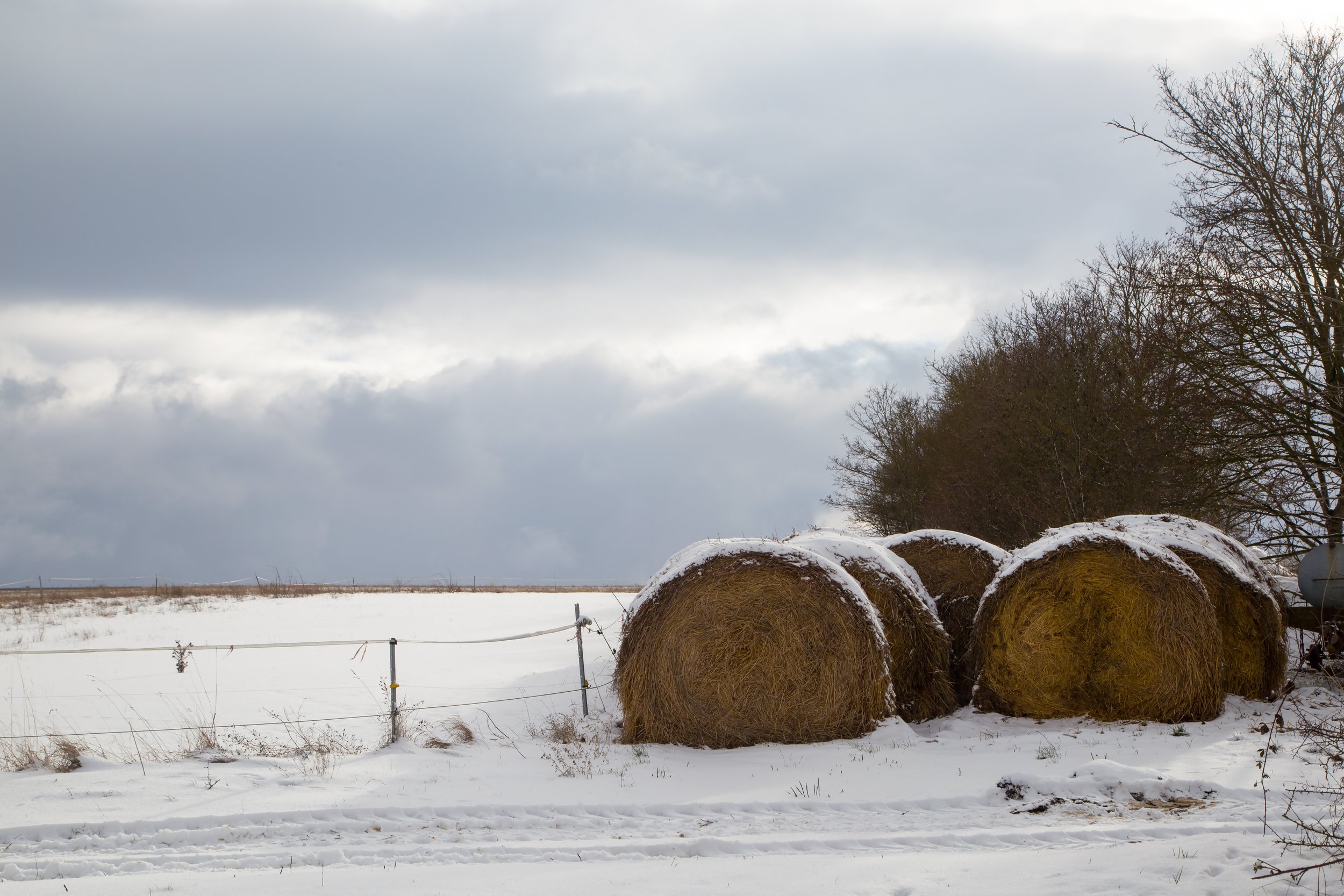By Curt Jacobs
Geneseo Current
When the last leaf falls, and the fields turn barren, it's easy to assume that farmers just rest for the winter. After all, the growing season has ended and harvest has been completed. But if you think the work stops there, think again.
For farmers, winter isn't a time for hibernation. It’s a crucial season that comes with its own set of responsibilities. Whether they’re in charge of raising livestock, growing crops, or managing equipment, farmers stay busy throughout the colder months.
Livestock Care
During the colder months, livestock require more attention. Farmers check that barns and pens are insulated and safe from the cold. Water troughs need remain thawed, and hay or grain must be provided in higher quantities, as animals burn more calories staying warm.
Veterinary care is also more frequent during winter, as cold weather can lead to health issues for animals, such as respiratory problems or infections. Farmers keep an eye out for any signs of illness and take the necessary steps to care for their animals before problems arise.
Equipment Maintenance
Winter weather allows farmers take advantage of the seasonal slowdown to perform maintenance on equipment. Tractors, combines, and other machinery need to be cleaned, serviced, and repaired, ensuring they're ready to go once planting season rolls around.
For farmers, equipment is an investment, and keeping it running smoothly year-round helps prevent costly repairs in the spring, when time is of the essence. This also includes inspecting fences, irrigation systems, and other infrastructure. Which all may need attention before the next growing season.
Planning and Paperwork
Winter is when farmers turn their attention to planning for the year ahead. With the growing season months away, we take time to map out crop rotations, select seed varieties, and prepare for planting. This is also a period of reflection, as farmers review the previous year's challenges and successes to make informed decisions for the future.
Every winter is a busy time for paperwork. Farmers manage a variety of tasks, including securing loans or grants, reviewing financial records, planning budgets, and organizing tax documents. With so many factors to consider, winter planning and paperwork are essential for keeping a farm running smoothly and efficiently.
Community Involvement
The downtime between fall and spring gives us a chance to get involved. Many farmers attend agricultural conferences, workshops, and networking events to stay updated on trends and new technology in the industry. These gatherings are a valuable way to share tips, discuss challenges, and learn from others in the field.
Marketing Grain
While the crops are harvested in the fall, the sale of grain often continues through the winter months. Farmers must stay informed about market trends and commodity prices to decide when and where to sell their grain for the best price. This could mean working with local elevators, brokers, or even selling directly to mills and processors. Many farmers also use contracts to lock in prices ahead of time, offering a bit of financial security.
The winter months provide the opportunity to analyze the previous year’s market performance, plan for future sales, and make strategic decisions to ensure they maximize the value of their crops. This requires a good understanding of supply and demand as prices can fluctuate based on global factors like weather events, international trade, and crop yields in other parts of the world.
While the winter months may appear quieter on the surface, farmers are far from idle. From animal care to machinery maintenance, strategic planning, and community involvement, there’s always something to keep them occupied. Their hard work during the winter ensures that when the warmer months return, they’re prepared for the next growing season—and for all the challenges it may bring. So, the next time you see a field covered in snow, remember that behind the scenes, farmers are still working hard to keep our food system strong and sustainable.


